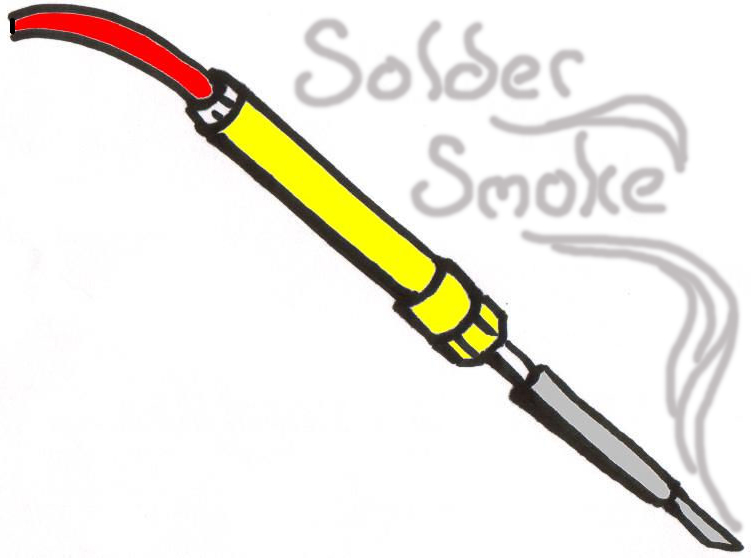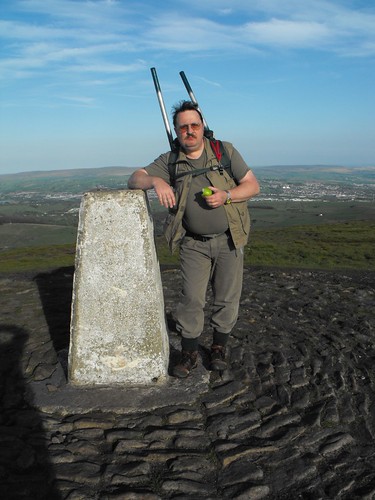Peking Ducks. Optimise the antenna on your cheap hand held radio.
Have you got one of those cheap Chinese hand held transceivers that you see sold on eBay? You have! Well in that case have you ever checked that rubber duck antenna on an analyser? If the answer is no maybe you should.
Cheap hand held radios are flooding into the UK through eBay and names such as Wouxun, Jingtong, Puxing, Linton and Quasheng are becoming familiar to radio amateurs around the country. I must admit that at first I was very sceptical about the quality of these radios, but when you check them out they turn out to be in the main of at least acceptable quality. You can of course get a duff one but most people I speak to have been very happy with their purchases. There is no doubt that you tend to get what you pay for but putting a few of these radios through their paces has shown them to be at least as clean and sensitive as their more expensive Japanese rivals.
Discussions down at the local radio club and on air has lead me to realise that a lot of amateurs are using these radios straight from the box and are wondering why they are such a poor signal into the local repeater. The problem lies not in the radio but in the antenna and the wide band nature of these sets. The popular four metre Wouxun 689E for example actually comes two antennas and the set covers 66-88MHz receive and transmit. One antenna is for 66-77MHz and the other is for 77-88MHz. For use on the 70MHz amateur band the first antenna is used but try it on an antenna analyser and you will see what would be normal considered a somewhat poor match. Looking at some of the other Chinese hand portables we find the VHF ones cover 136-174MHz which is nearly 40MHz band width on the one antenna, have these guys discovered something we do not know? Unfortunately not! The UHF sets are even worse with some covering 320-470MHz on a single antenna. No wonder they seen to be poor performers. The fact that theses sets work at all straight from the box is probably testament to the bulletproof output circuits on the rigs alone.
The answer to this problem is simple if you have access to an antenna analyser you can simply remove the little plastic end cap on the antenna and trim the antenna to resonance and the glue the cap back on afterwards. The result will not be Earth shattering but you will at least be putting out most of the rigs meagre power instead of a few milliwatts. While a rubber duck is no alternative for a proper antenna it may just be enough to make that ‘scratchy’ signal into your local repeater fully quieting.
If you don’t have access to an antenna analyser you might think about joining your local radio society/club or asking around on the air. Some radio amateurs have been known to actually be quite helpful. The alternative is to buy a rubber duck aerial that is meant for amateur use but that could cost you more than the radio and there is no guarantee that what you buy has been optimised for the band. For example, a lot of two metre antennas are sold cut for the American market and might be tuned for anywhere between 144 and 148MHz were as we might want to optimise ours for 145MHz. If you trim your own you can at least cut it for wherever you want to operate, which I feel is a better solution. Even better and more fun is to make your own but that is another story.
This article was published in the July 2009 copy of RadCom, the RSGB's official magazine.










